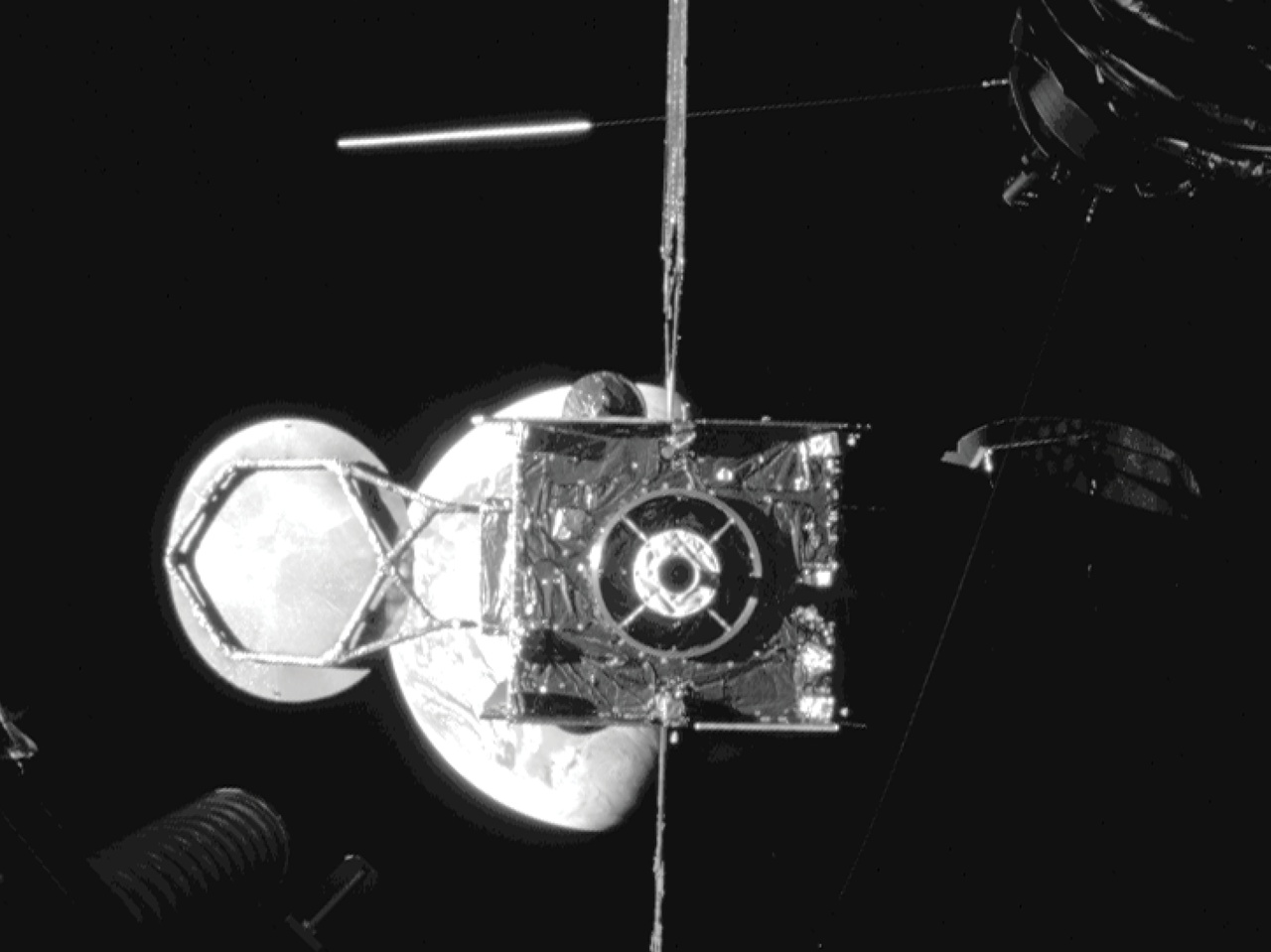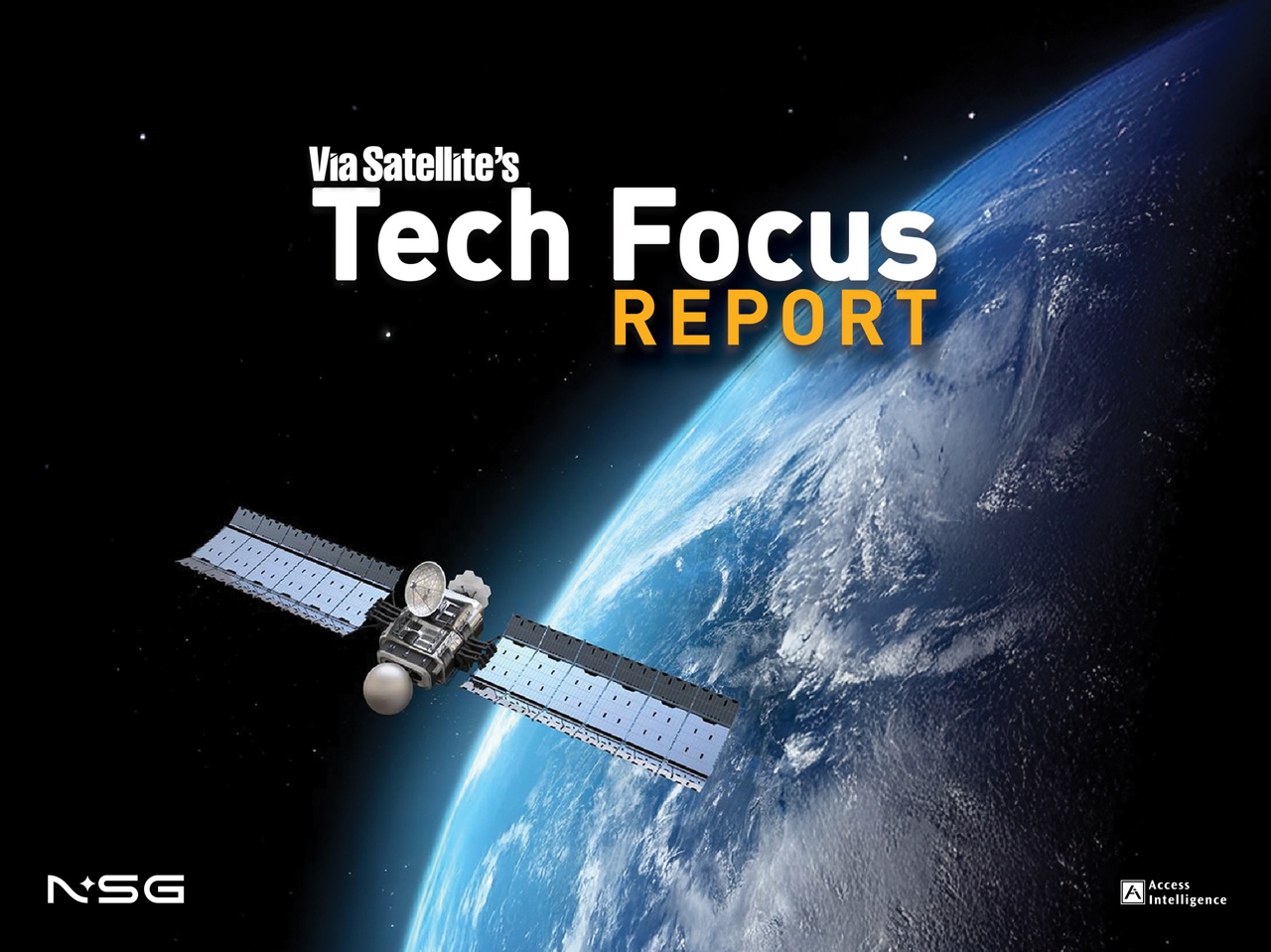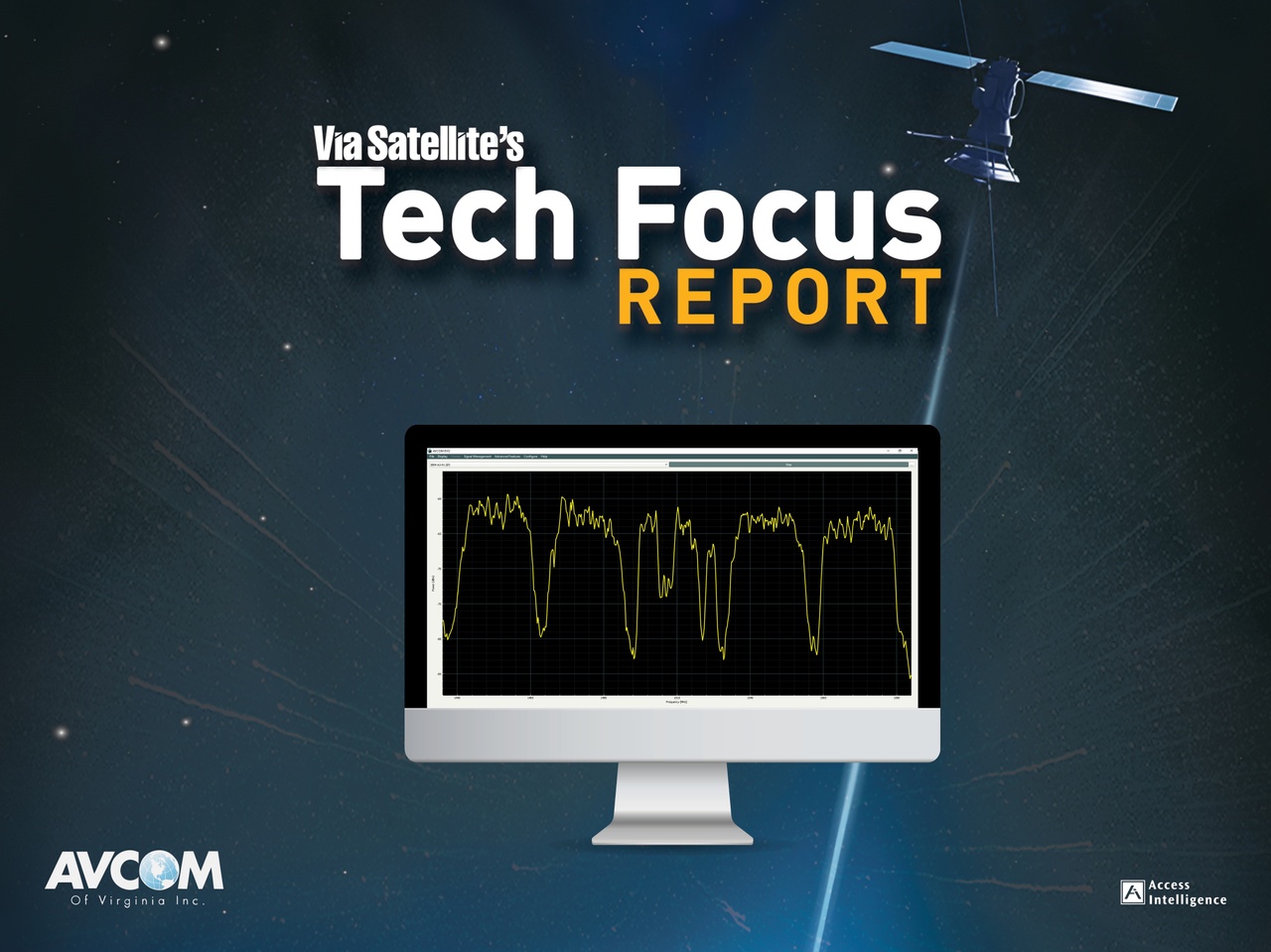
The Terabit Jump: Optical Satcom and the Ground Network Bottleneck
As the space segment is sprinting ahead with terabit-class capacity, the ground segments are stuck at the starting block.August 25th, 2025When Netflix shipped DVDs by mail in the early 2000s, the U.S. Postal Service effectively offered a higher data rate than dial-up internet. Then broadband internet arrived — and seemingly overnight, streaming media rewired our world: binge-watching, e-commerce, nonstop social feeds. Platforms like YouTube and Facebook followed, unleashing demand for services that hadn’t previously existed.
Today, satcom stands on the verge of a similar transformation, jumping from gigabits to terabits. Radio frequency (RF) spectrum cannot meet the cost-per-bit efficiency required by commercial markets and the resilient connectivity demands of warfighters. Therefore, optical data links will redefine capacity and connectivity expectations, catalyzing dramatic changes in the ground segment.
This terabit optical leap is not theoretical. In 2017, Germany’s DLR (German Aerospace Center) emulated a Geostationary Orbit (GEO) optical link using mountaintops, achieving a throughput of 13.2 terabits per second. That’s enough bandwidth to let every household in Dallas stream ultra-HD videos simultaneously — or a 4.2-mile-high stack of DVDs delivered to your mailbox. Optical C- and L-bands offer a staggering 11 THz of usable and unlicensed spectrum — equivalent to nearly 1,000 times that of Q/V-band capacity — creating the potential to deliver superior cost-per-bit efficiency.
Since at least 2021, the Department of Defense has recognized that peer adversaries possess the capability to jam tactical SATCOM networks—a critical vulnerability that has elevated resilience to a top operational priority. With its inherently narrow beamwidth, high directionality, and minimal RF emissions, optical satcom enables low probability of intercept and detection (LPI/LPD) communications, delivering a tactical superiority that gave U.S. forces a significant advantage in the Gulf War through the space domain.
While optical satcom still faces engineering challenges such as precision, pointing stability, and weather susceptibility, the trajectory is clear: we are jumping to terabits. Just as broadband redefined internet use, emerging space-based applications will soon utilize multi-terabit optical links to support real-time digitized sensor data, high-resolution video, hyperspectral imagery, and other data-intensive applications. However, as the space segment is sprinting ahead with terabit-class capacity, the ground segments are stuck at the starting block.
Most satcom ground networks remain anchored to older Ethernet backbones, some of which are over a decade old. However, Ethernet standards continue to evolve rapidly. 400G is in deployment, 800G is emerging, and 1.6 Terabit Ethernet trials are expected to complete by the end of 2025. With every generational leap, each successive Ethernet generation has driven down the cost per bit by at least a factor of two, delivering more bandwidth per dollar spent. The challenge facing the ground segment is clear: modernize networks to meet emerging demands or risk obsolescence. Without this transition, ground networks will remain the bottleneck, undermining resilience and constraining the very capabilities that optical satcom is poised to deliver.
Breaking the ground-side bottleneck requires more than just bandwidth, it demands high-speed, format-flexible IP switches capable of evolving alongside optical capacity upgrades, provided in equipment such as the EXE 3.0 elastic switch. Still, scaling the core means little without flexible, mission-aware gateway networks. Optical networks must switch between gateways in real time to route around weather disruptions and maintain link availability. That agility depends on deterministic switching, fast-failover capabilities, and integrated Network Address Translation (NAT), features supported by platforms such as the NATX-128, designed to flatten boundaries across modern ground architectures.
As the ground segment upgrades off their starting block, the Digital Intermediate Frequency Interoperability (DIFI) standard is poised to become widely adopted as a network transport protocol — the streaming video of RF signals. Today, DIFI applications are limited use cases, primarily in modem point solutions and gateway transport.
DIFI has the potential for a far greater impact. With sufficient transport bandwidth, DIFI can become a foundational enabler of resilient and agile ground segment operations, supporting dynamic path diversity, the virtualization of signal processing, and the rapid reconfiguration of mission networks. For commercial operators, this means better services and new services for end customers. For the warfighter, this means agile and resilient networks supporting programs like the Commercial Augmentation Space Reserve (CASR) and consolidation of signal intelligence, electronic warfare, and communications systems.
The first step for digitizing the ground: convert analog RF to DIFI for transport across IP networks. This step requires high-bandwidth digitizers, such as the 7880 RFIP, that are capable of sampling the full L-band (approximately 1 GHz instantaneous bandwidth). Once in IP format, reshaping flows by channelizing and aggregating, using devices like the 670 Wideband Signal Processor, becomes critical for resilience through alternate gateways or sending spectral data for further processing.
Beyond the ground, DIFI holds strategic value for space-based sensing missions, where reliance on high-throughput optical links is essential. As satellite payloads collect ever-larger volumes of data such as hyperspectral, RF, and communications signatures, optical satcom enables these streams to be downlinked continuously. With DIFI as the transport layer, sensor data is directly routed to cloud or edge processing nodes on Earth, reducing spacecraft payload complexity by offloading onboard storage and computation. In this way, DIFI transforms from a connectivity protocol into a mission enabler, tightly coupling spaceborne collection with terrestrial computational capabilities.
Just as broadband rewired our world, the terabit jump will drive the development of new space-based applications. For operators and decision-makers, the task becomes removing ground network bottlenecks and proliferating DIFI for scalable digital signal processing. A terabit space segment demands a terabit terrestrial counterpart — or its full capabilities will remain out of reach. VS
Dr. Juan Deaton is the WAVE Consortium's Executive Director, providing strategic technical guidance to the board while championing industry partnerships to drive satcom standards forward. He also serves as Chief Alignment Officer at Alignment Consulting and Engineering, helping clients with business and technology development strategies. With a Ph.D. in Electrical and Computer Engineering from Virginia Tech, Juan has extensive experience in satcom, including roles on the DIFI Consortium as a board director and contributor to the DIFI V1.1 specification. When not at work, Juan focuses on raising his four children and spending time with his wife in Moscow, Idaho, USA.









